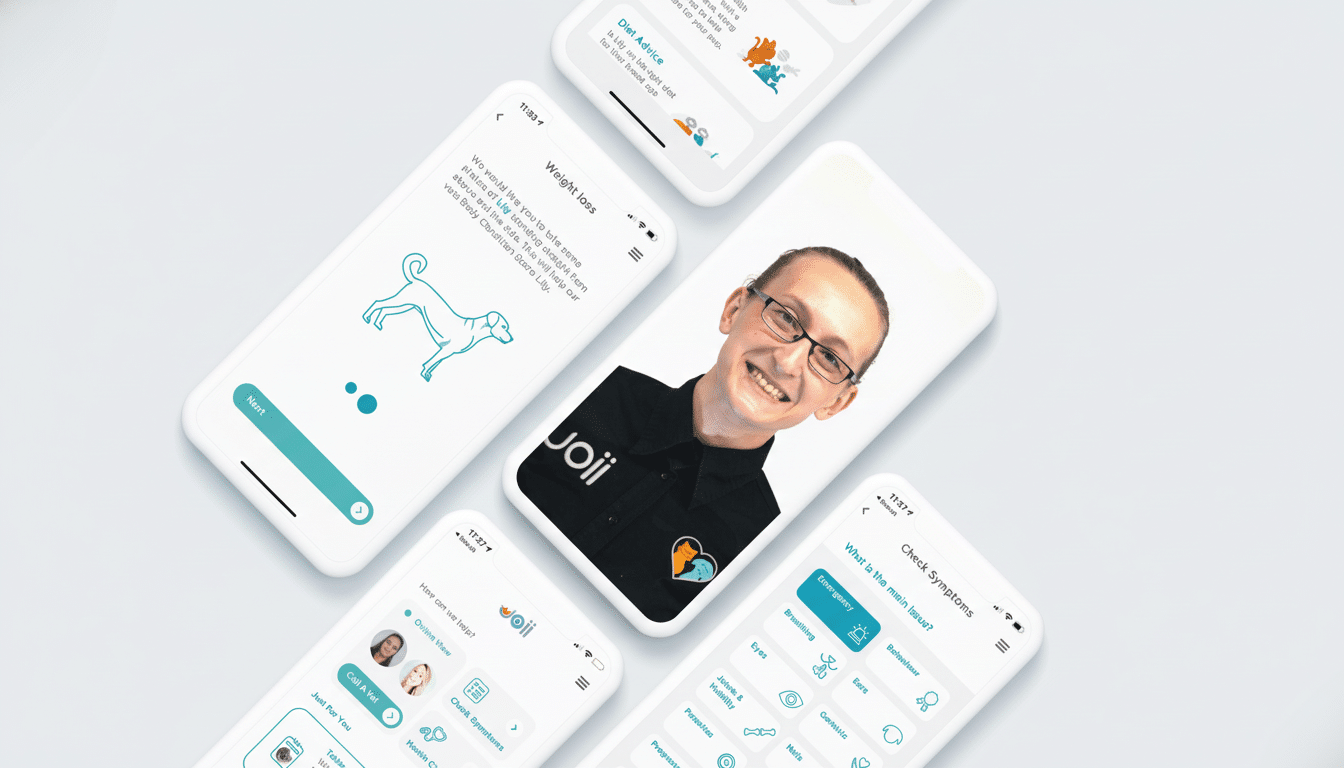Joii, a new AI-enabled menstrual health app, is coming to market with a bold guarantee: the app measures estimated blood loss in one’s period and can help people better recognize signs of heavy menstrual bleeding that would be worth discussing with a medic.
The system combines an app with the company’s own day and night evaluation pads, then employs a phone camera to scan and measure how much blood was absorbed, including whether there were any clots.

The purpose is not diagnostic, but to support decisions. By translating a typically subjective description into numbers and trends, Joii hopes to provide people with the language and data they need when talking about symptoms that are commonly associated with conditions like fibroids, endometriosis, and adenomyosis.
How Joii Calculates Blood Loss Using Scans and Pads
Users buy Joii review pads and download the app for iOS or Android. Once a pad is used, the app prompts a scan of it with the phone’s camera. The software identifies whether it’s a day or night pad, evaluates saturation patterns, records visible clots, and provides an estimated volume for that wear time. Results are rolled up across the cycle for both a full-cycle estimate and week-to-week comparisons.
Clinicians use the Pictorial Blood Loss Assessment Chart (PBAC) to estimate menstrual volume. Joii takes that same concept and digitizes it with computer vision and machine learning, eliminating any guesswork as to how “full” a pad appeared. The app also includes the ability to monitor pain, fatigue, and other symptoms; seeing patterns in bleeding episodes over time while factoring in these symptoms can be of value.
The company says its approach is meant to be a supplement to clinical care. It is not a replacement for examination, imaging, or lab tests, but rather an organized way to capture objective data at home and take it to appointments.
Why Volume Matters in Menstrual Care and Health
Heavy menstrual bleeding is prevalent and neglected. The National Health Service in the United Kingdom says roughly one-third of people who menstruate experience heavy bleeding. England’s National Institute for Health and Care Excellence defines heavy bleeding in pragmatic terms as any loss that interferes with quality of life, although the research threshold is routinely given as over 80 mL per cycle. The normal loss for menstrual blood is estimated to be between 30 and 80 mL.
Enabling a quantification of flow can bring health hazards to the surface sooner. Heavy bleeding is a major cause of iron deficiency and anemia; worldwide, a significant proportion of women of reproductive age have anemia, the World Health Organization says. It may also indicate other problems. Endometriosis takes 4 to 11 years, for instance, to diagnose and even then often is not recognized early enough that those who suffer from it can find relief or plan their care.

Deploying a cycle-by-cycle volume estimate to a GP—along with symptoms such as pelvic pain or fatigue—can help guide triage decisions. A frequent user logging higher volumes than the “norm” might be prompted to perform iron studies or ultrasound, or referred to gynecology prematurely.
Early Results and User Feedback from Initial Trial
In a five-month trial Lobethal conducted with 72 people, 88 percent felt Joii would improve the way they discuss period volume with their doctor. A little over half — 52 percent — said their knowledge of menstrual health had improved following use of the app. The sample size is small, and it is no replacement for peer-reviewed validation, but it indicates that specific numbers and visuals can alter the way people talk about bleeding and argue for care.
Experts have long known that when patients are asked to quantify bleeding at home, it’s left to clinician interpretation of vague terminology such as “heavy” or “soaking.” That is the sort of standardized, reproducible data — even if rough estimates — that could close the gulf, the way home blood pressure logs do for hypertension.
Privacy and Safety Considerations for Health Data Apps
Data on the menstrual cycle and reproductive health is very sensitive. Best practice in the UK is clear: for apps gathering health data, that means data minimisation, encryption at rest and in transit, and openness about how information will be stored and used under UK GDPR. Users should seek out plain-language policies, an option to delete data, and language on whether image processing happens on a device or in the cloud.
Like any health tool, interpretation is everything. The estimates for volume should lead to conversations, not conclusions. Heavy bleeding that doesn’t stop, or with large clots, as well as dizziness and strong cramps or pain are reasons to seek medical care regardless of what an app indicates.
What the Launch Might Change for Users and Clinicians
For individuals, Joii provides a sharper perspective on one’s cycle, converting what can often be a disorderly and subjective experience into something that can be recorded in precise numbers. For clinicians, that could mean more accurate histories and earlier identification of people who need to be investigated for anemia, fibroids, or endometriosis.
Joii is now working on the scale and validation part: showing that it works for a wide range of users and products, weaving the insights into workflows around primary care, and making sure there’s also some ironclad protection of privacy in place. If it takes off, measuring menstrual blood volume may become as routine — and useful — as tracking cycles themselves.

